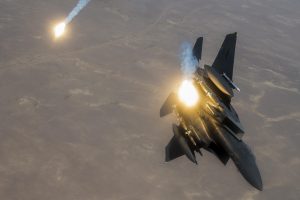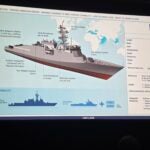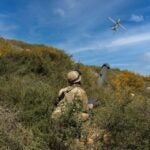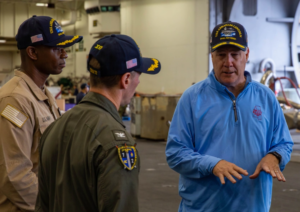
As top Pentagon officials, including Undersecretary of Defense for Policy Colin Kahl and Defense Secretary Lloyd Austin, consider the release of a final DoD Instruction (DoDI) on civilian harm by the end of this year, it remains to be seen whether DoD will re-institute Non-Combatant Casualty Cut-Off Values (NCVs), or an alternative non-numerical level of gauging the possibility of civilian casualties before U.S. airstrikes and other actions that may cause such casualties. Pentagon officials and advocates for civilian harm mitigation…














